The river ran low and clear. Whoever designed the put-in was not a boater- a couple hundred yards separate the river from the parking lot.
Maxx pulls up. I give Cheryl my keys and they drive off to do the shuttle. I drag the boats down to the riverside.
The kayak feels wonderful, as it always does. Light and responsive, it’s a joy to paddle.
Every flood on the Econ drops trees. Of course they fall across the river, creating obstacles for boaters. Those obstacles start while the road is still within earshot. Fortunately, the kayaks are light and responsive. Fortunately, both Cheryl and I know how to paddle. In spite of that, several small river spiders soon share our boats with us.
We come to a deep hole. The fly line shoots out, dropping a foam spider near the bank. Again. Again. Bloop! The little rod bends. A redbelly comes to hand.
“Cher! Come look at the colors on this fish!” They are one of the most beautiful fish you’ll ever see. Cheryl makes stained glass windows. This fish may be a model for one.
The redbellies are bedding. We see their bowls all the way down the river. In spite of not working it very hard, I catch many more, and some bluegills too. Strangely, the stumpknockers never put in an appearance. I wonder where they are.
We see many bass. They are not interested in my spider. I try a streamer, and soon lose it on a backcast to a riverside bush. Karma, telling me to enjoy the sunnies and ignore the bass. I put the spider back on.
Cheryl wants to know if we’ll see alligators. I’m surprised we haven’t seen any yet. We needn’t have worried- we end up seeing at least a dozen big ones.
We have to get out and drag the kayaks, over logs, around fallen trees, again and again. In between we float over shallows, through deep pools. Songbirds call. We hear a barred owl. I call back. We converse briefly, then it tires of the game.
We travel leisurely, stopping to snack, to converse. I haven’t seen Cheryl in a long time. It’s good to be on the water with her.
I notice our shadows getting longer. I’m surprised it’s gotten so late so quickly. I put my fly rod away, and we start paddling like we mean it. We still have several miles to go.
I hear voices before I see the speakers. Some teens are enjoying the afternoon. One does a spectacular flip off a rope swing. I can hear cars in the distance.
We load the boats onto my van. Our paddling is done. A float down the Econlockhatchee River is a wonderful way to spend a day.
John Kumiski
http://www.spottedtail.com
All content in this blog, including writing and photos, copyright John Kumiski 2012. All rights are reserved.
|
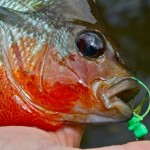
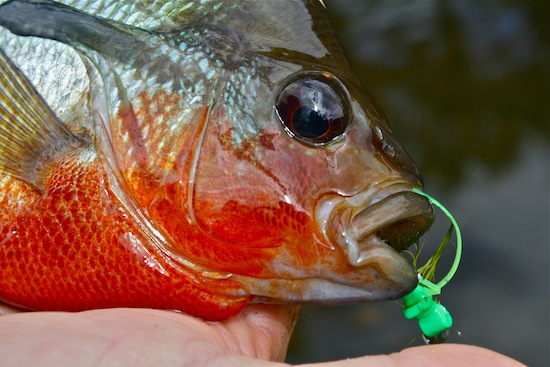
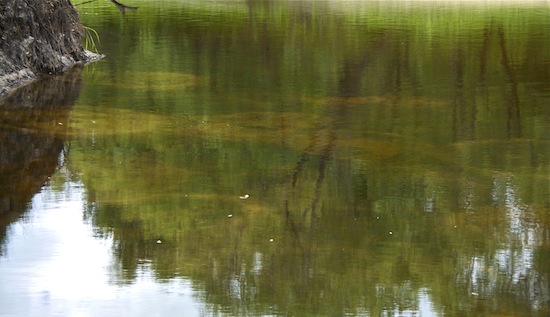
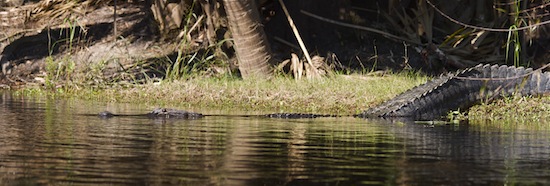
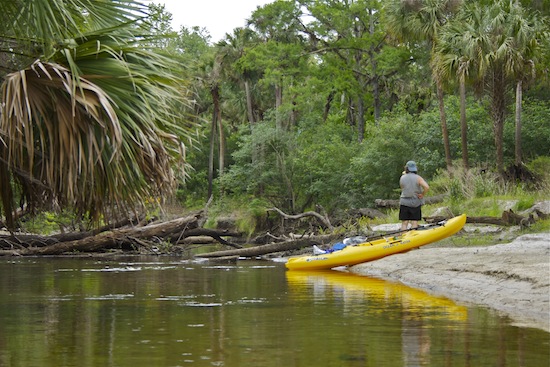
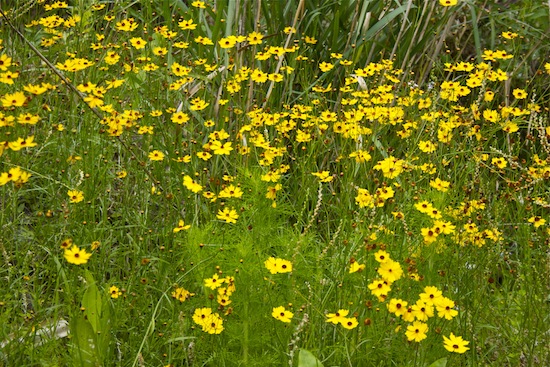
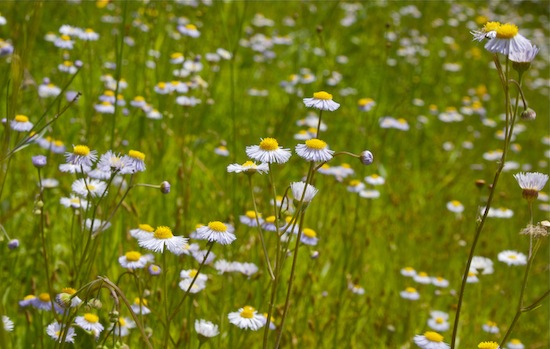
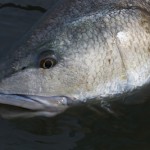
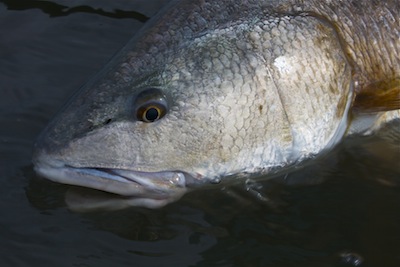
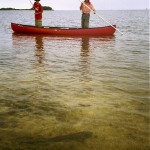
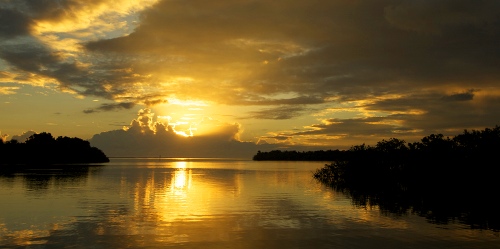
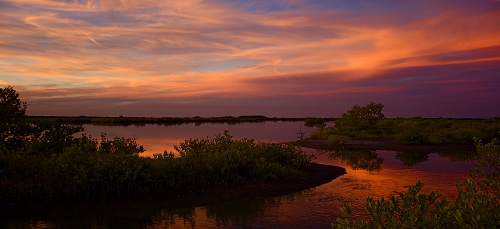
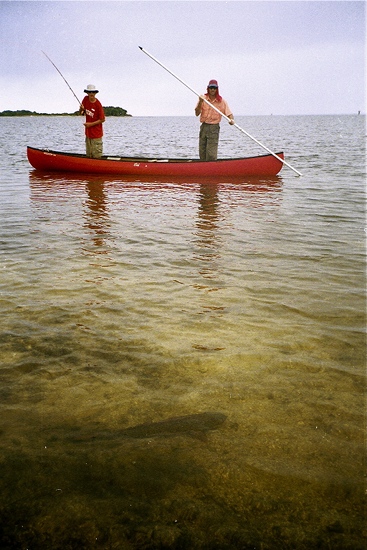
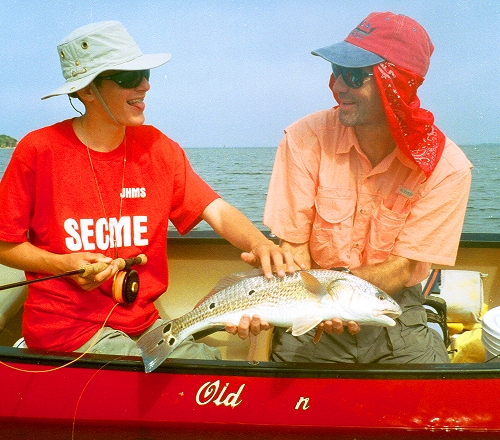
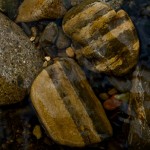
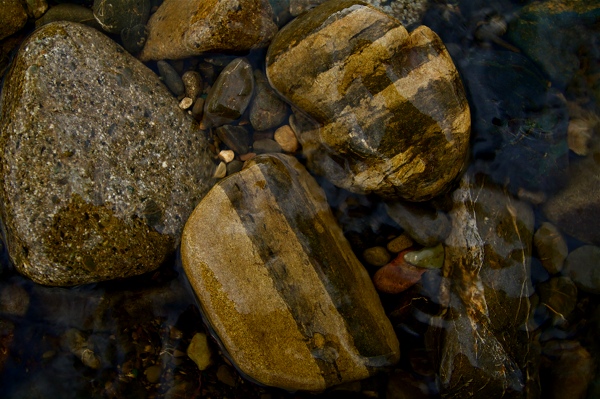
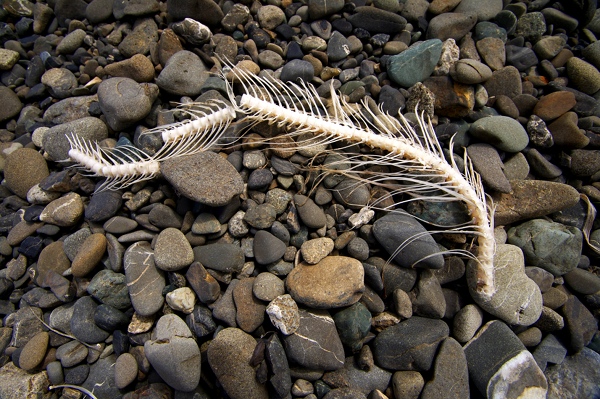
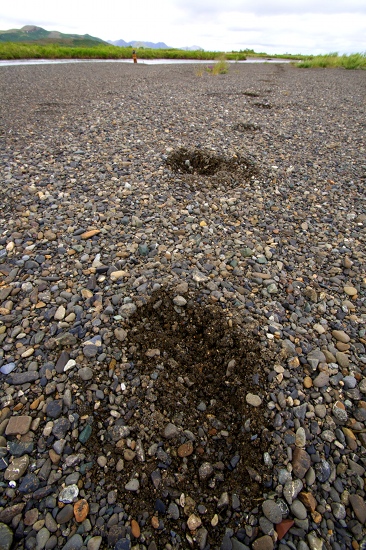
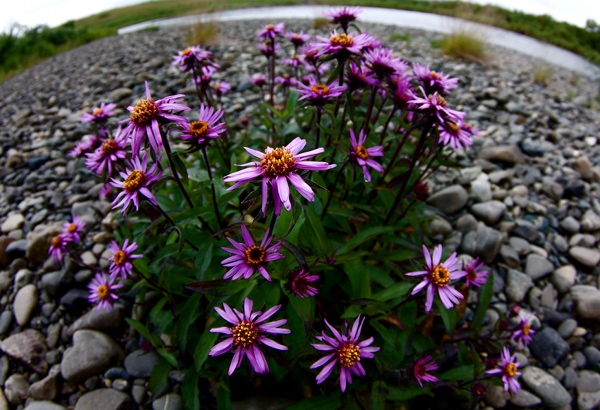
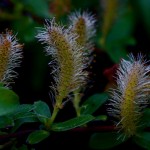
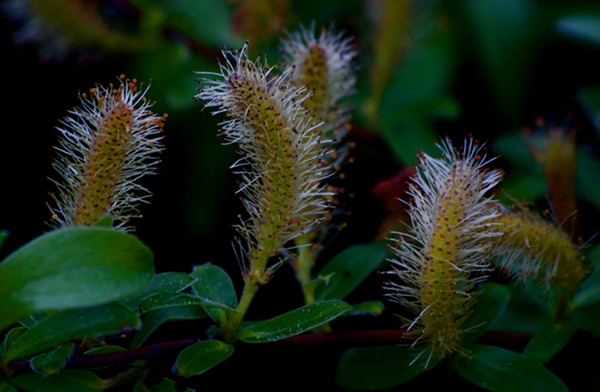
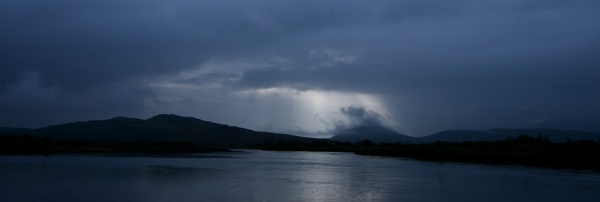
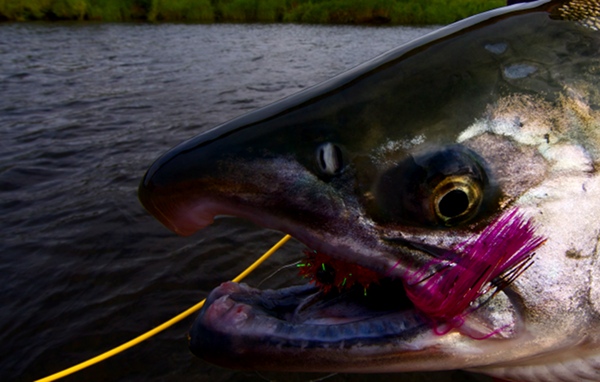
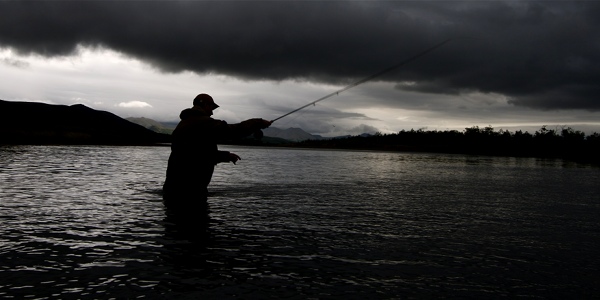
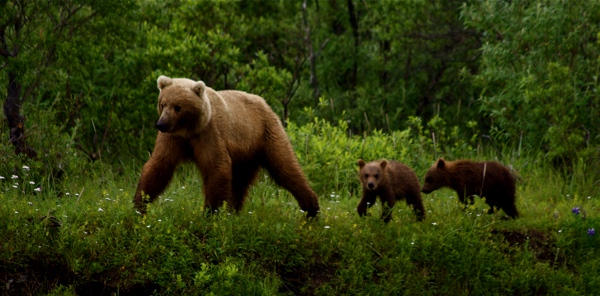

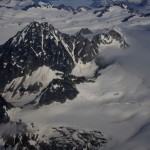
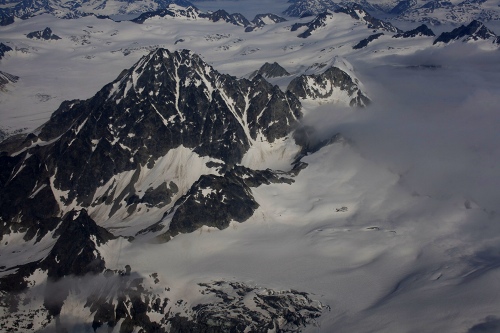

Recent Comments